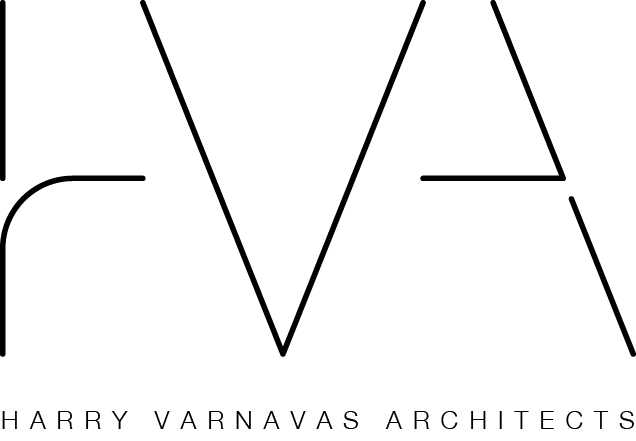MA in Architecture - Thesis Project
RCA, London, 2015
![3D Spatial view with site data as point clouds]()
RCA, London, 2015

CryptoForm Space* 1.2
‘Can we paint architecture?’
*Design through visual perception of 3D space and form
MA Thesis Project - Final outcome
We live, inhabit and interact in a three-dimensional space. We observe it through our personal perception, conscious and subconscious.
This thesis examines the use of computer vision and digital media to generate a new design methodology for architects which conflates the perception of found, existing spaces and design through the direct action of ‘painting’ architecture. Based on my research on Landscape architecture and Technology, I realised that by changing the media, we are changing the way we are designing. The chosen site (Welwyn Garden City - Park) was an example to experiment with for the potentials of the technology used, while also dealing with landscape characteristics.
The project focuses on the perception of the surrounding elements of the environment which are scanned and imported into the virtual world. Contrary to traditional design methods which massively reduce the amount of data considered when imported into any CAD software, high-resolution of scans allow import the physical space as millions of points, retaining information on colours, light, etc. can be collected, experienced and utilised in virtual space. The aim of CryptoForm Space is to allow designers to operate directly inside their site and shift the scale of both site and intervention, using only your hand and mind.
Through motion-tracking, the two-dimensional movements of the designers’ hand are captured and directly spatialised in three dimensions, effectively allowing them to ‘paint’ their ideas. Suddenly, painting as an artist in the 3D world rather as architects in CAD. This process generates sculptural forms that can be further manipulated or sculpted. This result in the creation of architectures which not only works with the site much more closely but also allows constantly changing scales, move smoothly from two-dimensional to three-dimensional space and between physical and digital domains.
Cities and Spaces can now be created directly using only hands, mind, personal - sensational approach and found elements from the existing.
‘Can we paint architecture?’
*Design through visual perception of 3D space and form
MA Thesis Project - Final outcome
We live, inhabit and interact in a three-dimensional space. We observe it through our personal perception, conscious and subconscious.
This thesis examines the use of computer vision and digital media to generate a new design methodology for architects which conflates the perception of found, existing spaces and design through the direct action of ‘painting’ architecture. Based on my research on Landscape architecture and Technology, I realised that by changing the media, we are changing the way we are designing. The chosen site (Welwyn Garden City - Park) was an example to experiment with for the potentials of the technology used, while also dealing with landscape characteristics.
The project focuses on the perception of the surrounding elements of the environment which are scanned and imported into the virtual world. Contrary to traditional design methods which massively reduce the amount of data considered when imported into any CAD software, high-resolution of scans allow import the physical space as millions of points, retaining information on colours, light, etc. can be collected, experienced and utilised in virtual space. The aim of CryptoForm Space is to allow designers to operate directly inside their site and shift the scale of both site and intervention, using only your hand and mind.
Through motion-tracking, the two-dimensional movements of the designers’ hand are captured and directly spatialised in three dimensions, effectively allowing them to ‘paint’ their ideas. Suddenly, painting as an artist in the 3D world rather as architects in CAD. This process generates sculptural forms that can be further manipulated or sculpted. This result in the creation of architectures which not only works with the site much more closely but also allows constantly changing scales, move smoothly from two-dimensional to three-dimensional space and between physical and digital domains.
Cities and Spaces can now be created directly using only hands, mind, personal - sensational approach and found elements from the existing.

3D square spatial plan

3D Section through VR Goggles, providing the ability to zoom to different spatial elements, changing user scale














Using spatial design methodology, experimented in CryptoForm Space 1.1




Photo-renders with the designed interventions at the park





Render images are transformed to 3D spatial images - video link

